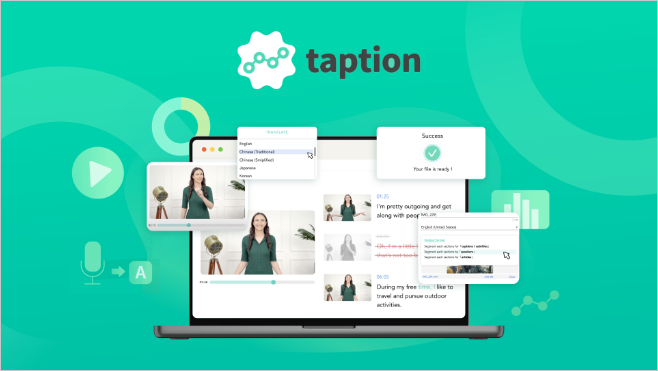Having a degree in biology, what led you to start working in the digital marketing industry?
As much as I loved biology, after four years of life in a lab, I decided it wasn’t where I wanted to spend the next three years getting my graduate degree. At that time, I had a degree but no idea what I was going to do. My best friend was moving to San Francisco for a job at an advertising agency, so I decided to tag along! When I arrived, I began temping to earn money and ended up working at a company called Flycast, an online ad tech company. And the rest is history! There were many things I loved about the business — the technology, the pace, the people — that drove my decision to stay. In short, I have a move to San Francisco and a temp agency to thank for the launch of my digital marketing career.
How did this lead you to co-found eyeota?
I have been a startup addict from day one. As I progressed in my career, I took two opportunities to open up new regions for international companies. It was a great testing ground for being a founder since I had the opportunity to build teams, manage regional P&Ls, launch markets and create regional go-to-market plans. In a way, it was a start-up within a start-up, where I didn’t have to worry about the financing. I went on to meet my co-founders at Adify, where I constructed a regional business for the second time. It was there that we got to know each other and eventually decided to look at ideas to launch a new business. We saw how critical data was to drive and innovate digital advertising and marketing. In 2010, there were other data companies within the U.S., but the international markets had been untouched. As a result, we chose to found Eyeota to provide data and audience technology outside of America. With strong relationships and a growing business in the states, we decided to open our office in New York in 2016.
What does a typical day look like for you?
My typical day looks much different now than it did before COVID-19. These days, like many other tireless parents, I am juggling running a global company remotely from my home office, making sure a nine and two year-old are staying out of trouble, home schooling and trying to find some quiet time for my husband and myself. What hasn’t changed is the need to work odd hours. With offices in Sydney, Singapore, London, Berlin and New York, I stagger between early and late hours on different days to make sure I stay connected to the team.
What does your work setup look like? (your apps, productivity tools, etc.)
I count on a number of different applications to help me accomplish my daily tasks as efficiently and effectively as possible. Those tools include: Gmail, MS Office, Slack, Google Maps, Zoom, LinkedIn, Xing (LinkedIn of Germany) and Salesforce.
What’s the problem that you’re passionately tackling with eyeota at the moment?
Data quality and transparency is an issue we are currently tackling at Eyeota. We believe that it is one of the single most important aspects of the data business and critical in building trusted relationships with our clients and partners. We are committed to ensuring our data quality is of the highest standard so brands and marketers can activate our data with confidence. To that end, we are currently working with a few strategic partners on the issues of quality and transparency, and we’ll be releasing more details about these partnerships over the next couple of months.
What advice is essential to ensure that a publisher can connect and monetize their data in a compliant and privacy-safe way?
It starts with putting the interests of the user first as well as transparency. We should all have this at the forefront of our decisions on how we communicate about what we as an industry do. For a publisher, this means having a clear notification for the user to consent or not consent to, implementing a consent management platform (CMP), having clear policies on your site that are in layman’s terms for everyone to understand and ensuring you follow all privacy regulations within your customers’ markets.
Can you tell us a bit more about the site personalization process?
One exciting thing about the data space today is that publishers and brands have plenty of experience using data and are getting more creative in their strategies. One use case we see today is publishers using non first-party data to personalize a customer’s journey through their site. Since many publishers don’t really “know” anything about the user when they come to the site — unless they are logged in — they don’t have enough first-party data to build a scalable site personalization strategy. By using external data, a publisher can understand a user’s profile and deepen engagement with him or her by putting the most relevant content in front of them. Instead of knowing “nothing” about the user, a publisher can understand many aspects of their sociodemographic background including their interests, their Experian Mosaic classification and their purchase propensity for different categories.
What do you see the future of digital media publishing look like with the end of the third-party cookies?
We will be experiencing a massive shift in the way publishers and the ad tech industry operate with each other. With a move to more publishers building and owning their first party data assets, the transparent conversation and value exchange with users will be key. The industry will be leading technology-based solutions to ensure that publishers can continue to target with the same principles that they do today. The mechanisms will be different, but I don’t believe that data and targeting will die. I’m not one of the “contextual wins all” believers.
Content from our partners
Do you have any advice for ambitious digital publishing and media professionals looking to build their own product, not having a digital publishing background?
My advice in this case would be to start simple and make sure you can measure! Particularly when it comes to data and audience targeting, where there are so many options that it becomes easy to get lost in the weeds. Start with easy principles and grow from there. In addition, whether it be an uplift in CPM for applying data to ad campaigns or customer journey stats for site personalization, it’s absolutely crucial to ensure that you will be able to measure the desired outcome before you begin implementing data strategies.












